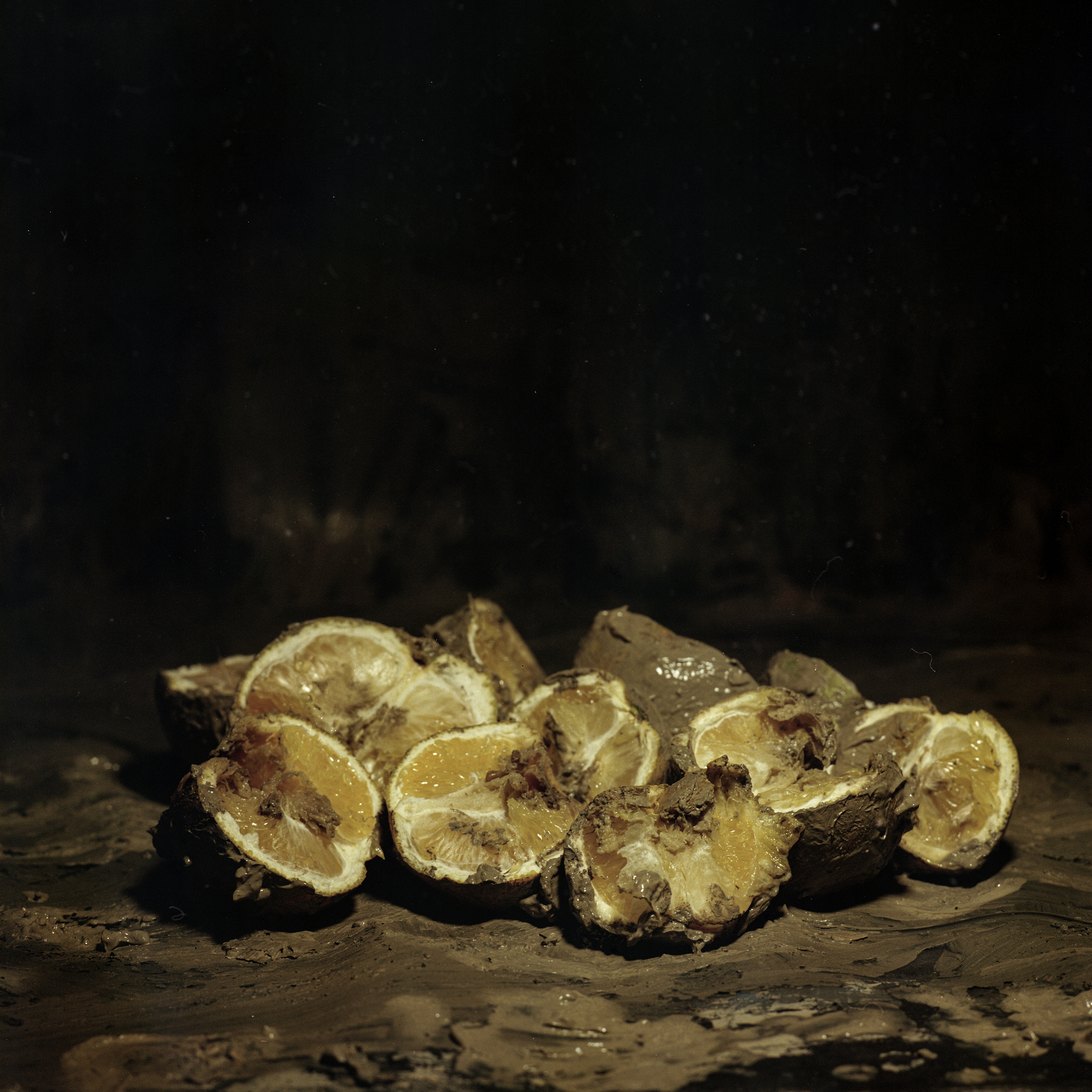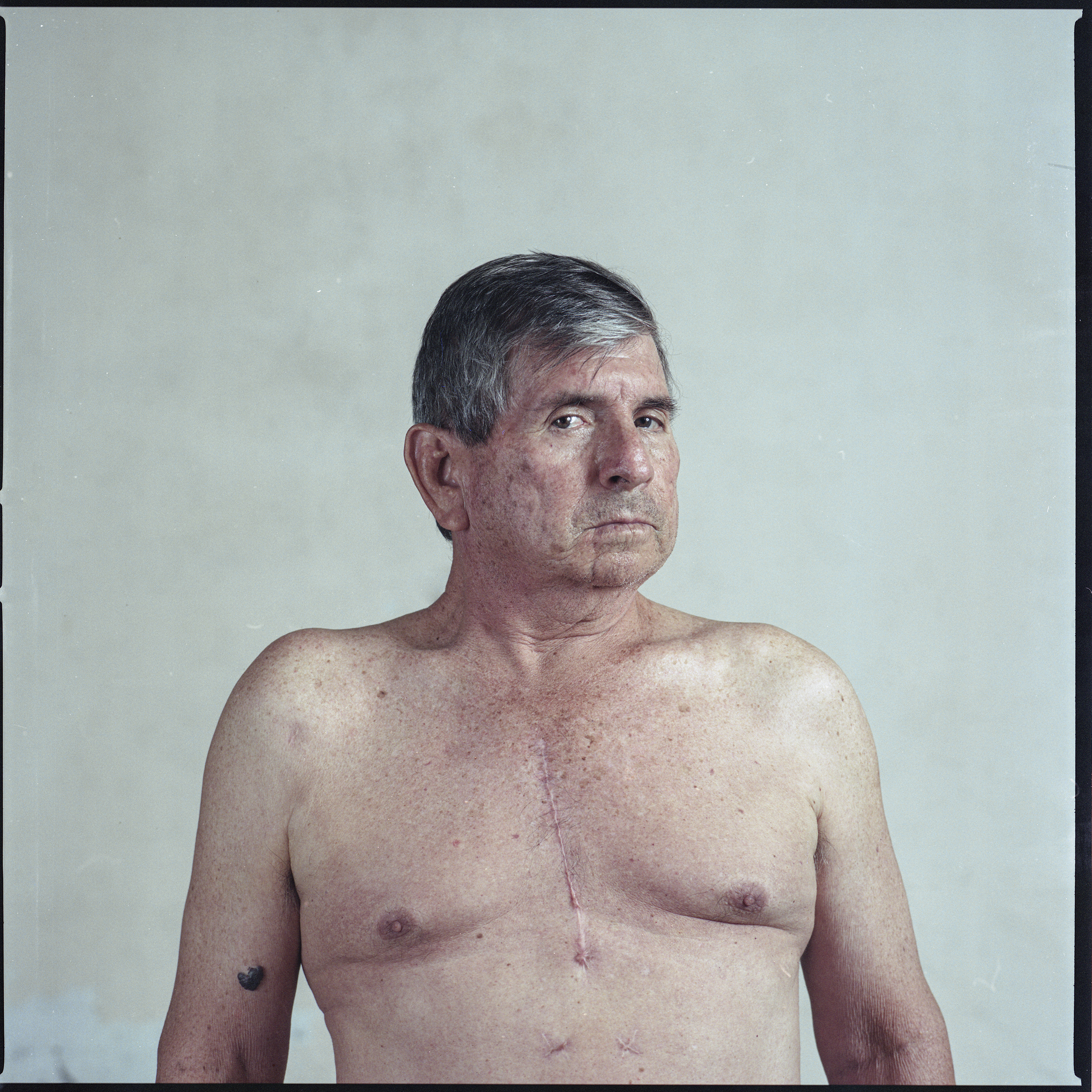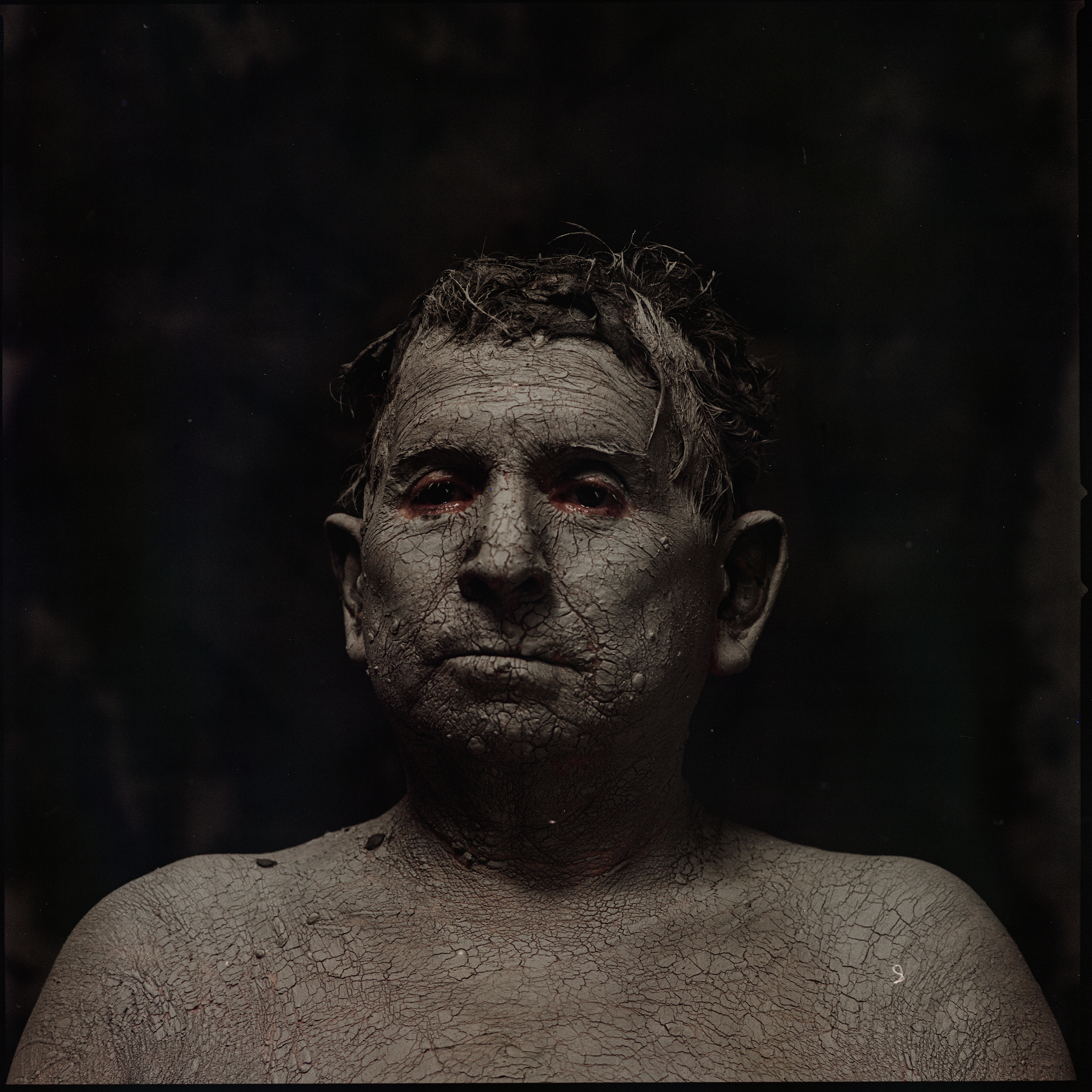All images © Carlos Saavedra
Carlos Saavedra’s combination of archival, documentary and staged images respond to a fatal eruption which could’ve been anticipated
On 13 November 1985, the Nevado del Ruiz volcano in Tolima, Colombia, erupted. Enormous mudflows, landslides and debris hurtled down its slopes, picking up speed and engulfing Armero. More than 20,000 of the town’s 29,000 inhabitants were killed. Nearby casualties brought the overall death toll to 23,000, making the incident one of the worst natural disasters in Colombian history.
Just how avoidable the scale of this disaster was is a matter for debate, however. Geologists and other experts had alerted authorities well in advance of the impending eruption, adding a political dimension to the tragedy. Colombia was in a particularly intense phase of civil war at the time, with a fragile ceasefire recently ended and the Colombian Palace of Justice stormed by guerillas on 06 November 1985. Distracted, the authorities failed to act.
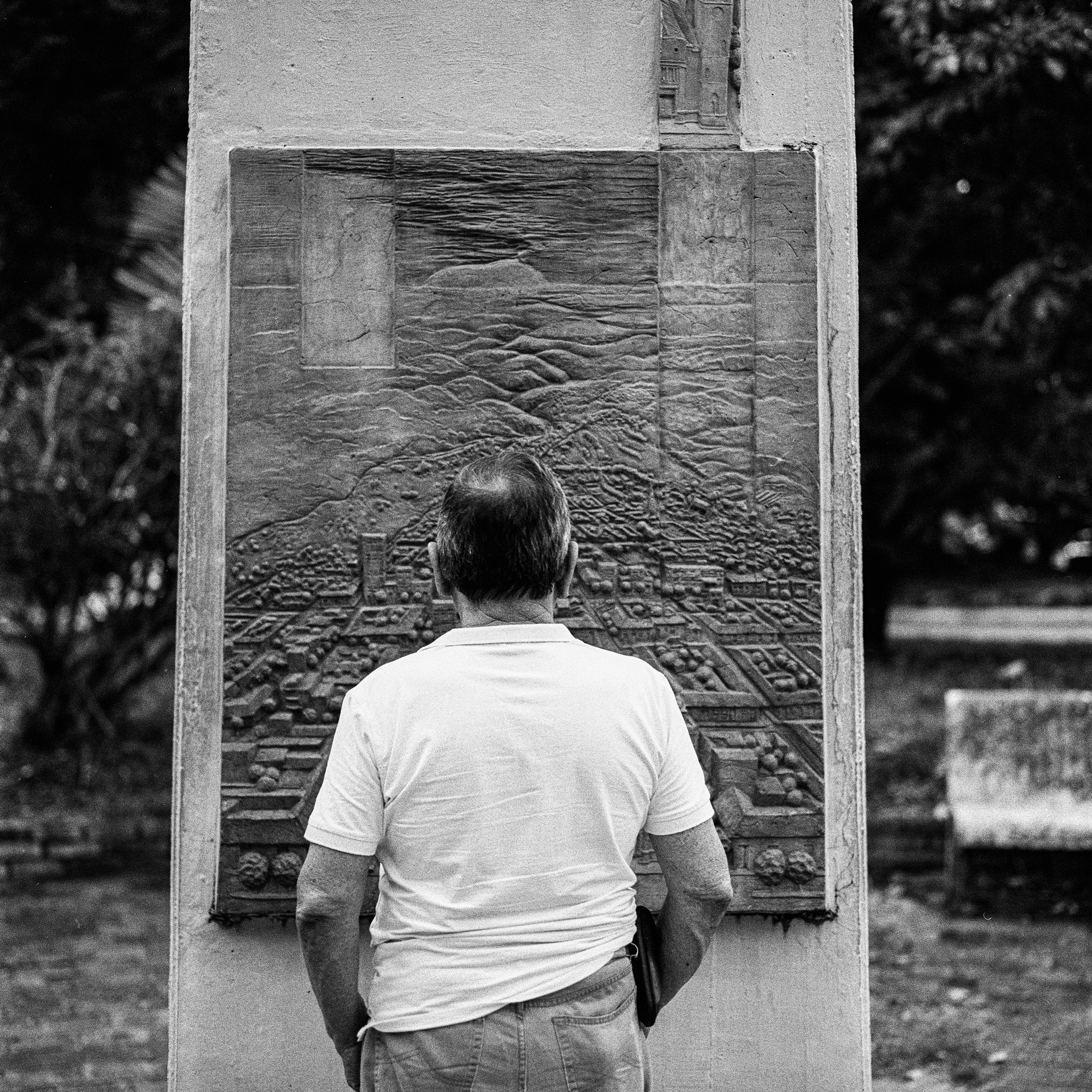
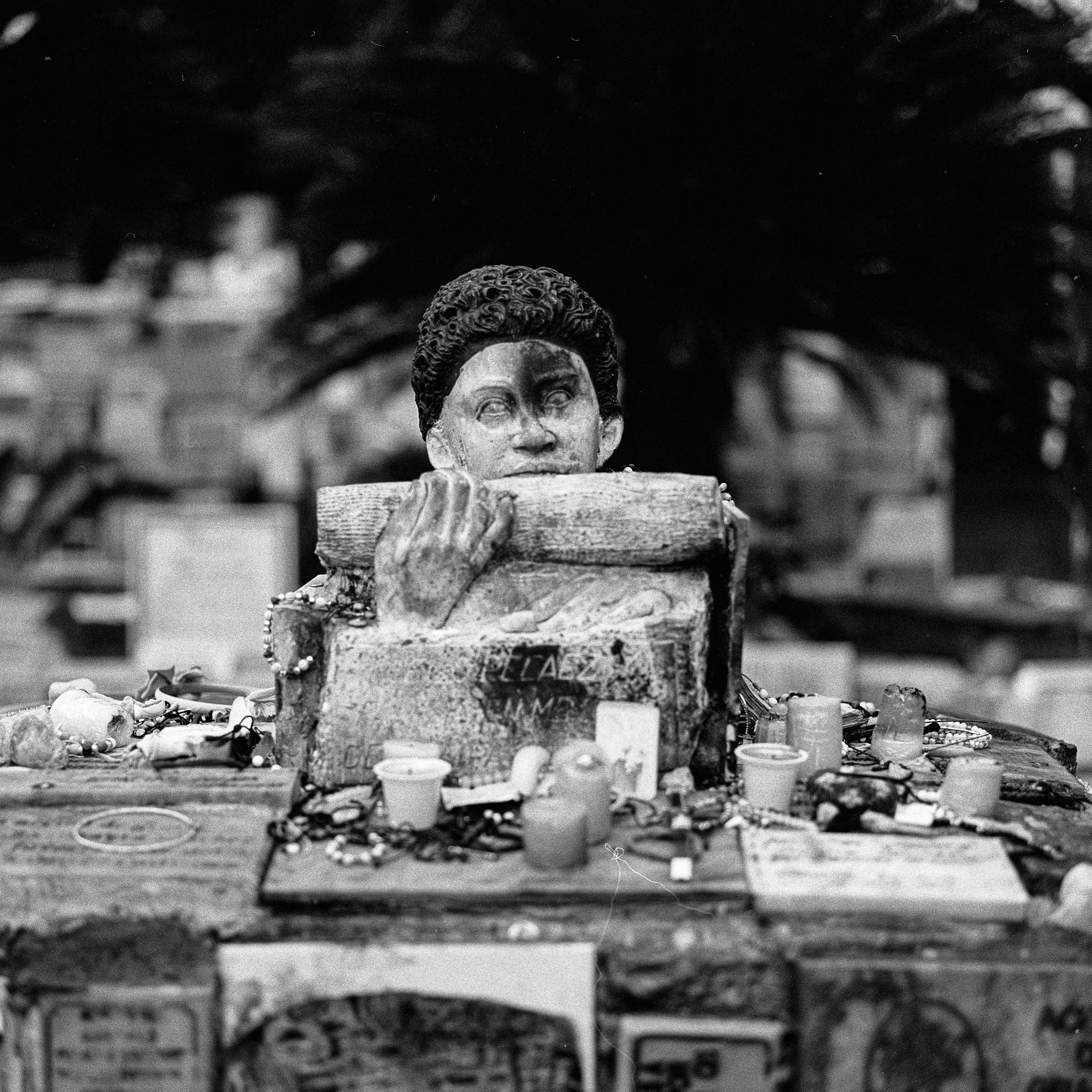
“Now there are only ruins. My uncle is still missing, my grandmother is still looking for him”
Local residents were not adequately warned of the impending dangers, meaning most were at home when the eruption happened. Among the victims were 35 members of Carlos Saavedra’s family. “They were there the moment when the lava came down and Armero just disappeared,” he says. “Now there are only ruins. My uncle is still missing, my grandmother is still looking for him.”
An image-maker who studied in Bangladesh with Saiful Huq Omi, and at the London College of Communication, Saavedra turned to photography to tell this story, mixing his own work with archival pictures. His work Armero combines documentary with staged images, evoking the tragedy’s emotional impact. Another uncle, Fernando Angarita, did survive, so Saavedra created images that draw on his experiences. An image of him caked in mud speaks of how the lahar dragged him across town; a photograph of oranges illustrates how he subsisted on the fruit after the eruption.
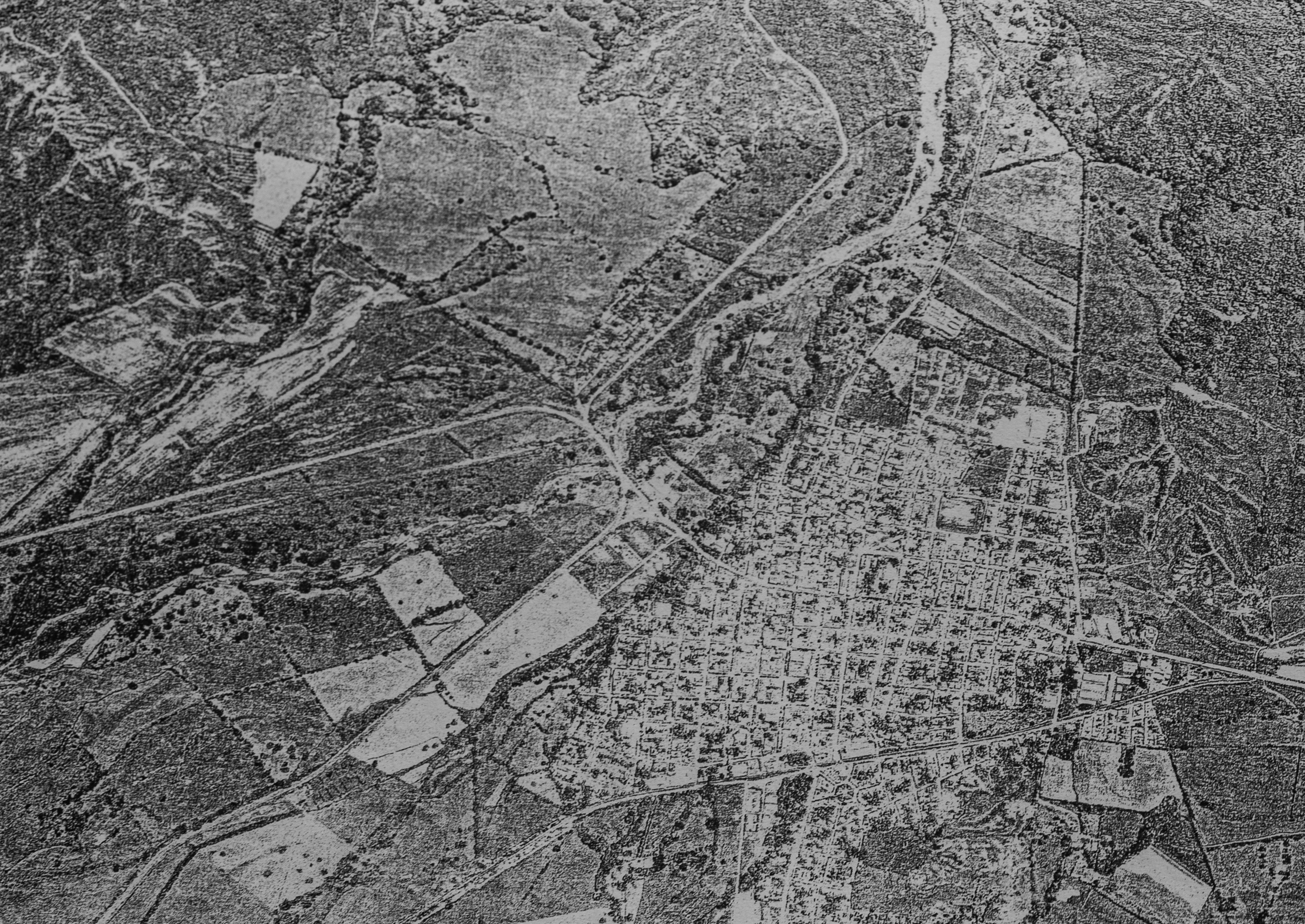
Other pictures show the cemetery in what is left of Armero today, and some of the practices that have sprung up in it. “The cemetery was one of the few areas that wasn’t affected, and people go there to take bones,” Saavedra explains. “Supposedly, if you do a ritual with bones from the cemetery, you will gain power. As a Colombian I know that this idea of magic is always there; we all have stories about magic and cleansing, these rituals that sometimes are done.”
It is another reason he wanted to expand the project beyond documentary – to take photography beyond traditions and try to encompass alternative visions. “The world sees us in a very Eurocentric way, that this story is a linear story,” Saavedra says. “I don’t believe in just one timeline, or in these strict ideas of history. We have to give other possibilities, to make other possibilities visible.”
Contrasting aerial shots of Armero before and after the disaster with his own images is a way to combine these narratives, the topographical images providing a scientific view while his photographs reference the ongoing trauma. “When a memory is this huge, when it isn’t spoken about for so long, it’s like a dryness,” he says. “When the story is fresh it’s like wet mud, but these people sat with this story for so long.”
